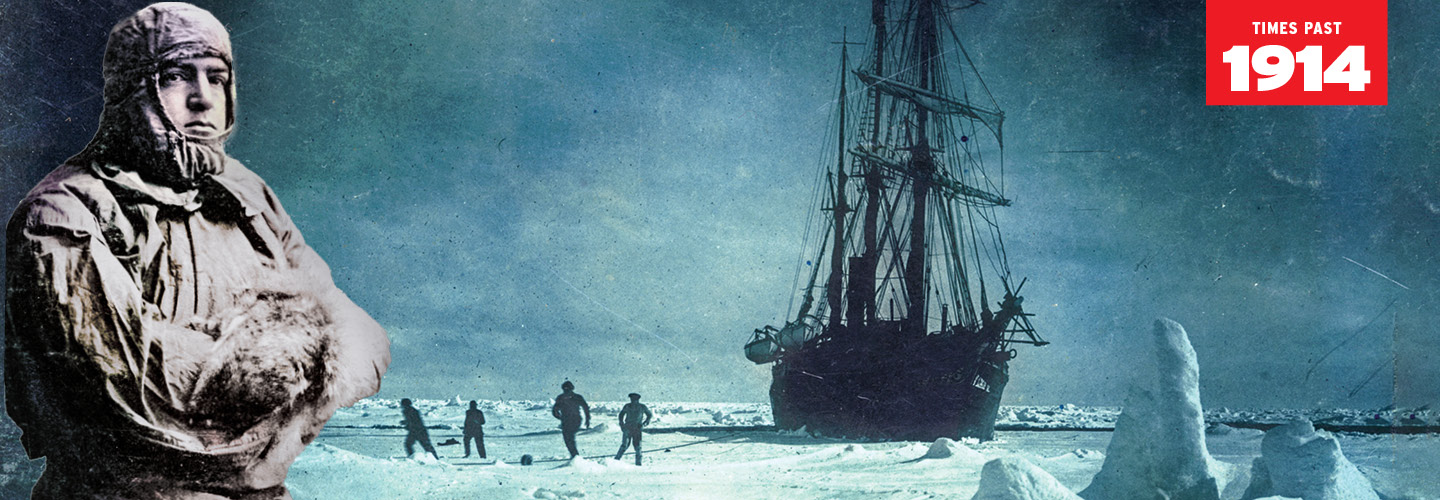The ship creaked and groaned for months as it slowly crushed under the pressure of 10 million pounds of sea ice. By the time the call came to abandon ship on October 27, 1915, the men of the Trans-Antarctic Expedition, also known as the Endurance voyage, had been trapped in the ice in bone-chilling temperatures for nine months.
As the decks started buckling and the beams began breaking, the expedition’s leader, Ernest Shackleton, knew it was time for the crew to save itself from an icy grave. “She’s going, boys,” he cried. “It’s time to get off.”
Shackleton was one of the most famous South Pole explorers of all time, and his Endurance voyage went down in history. When the ship eventually disappeared beneath the Weddell Sea, so did his dreams of leading the first-ever crew to cross the continent of Antarctica by foot.
The ship creaked and groaned for months as it slowly crushed under the pressure of 10 million pounds of sea ice. The men of the Trans-Antarctic Expedition, also known as the Endurance voyage, had been trapped in the ice for nine months. They suffered through long stretches of bone-chilling temperatures. On October 27, 1915, the call came to abandon the ship.
The decks started buckling, and the beams began breaking. That’s when the crew’s leader, Ernest Shackleton, knew it was time for them to save themselves from an icy grave. “She’s going, boys,” he cried. “It’s time to get off.”
Shackleton was one of the most famous South Pole explorers of all time. His Endurance voyage went down in history. When the ship sank into the Weddell Sea, it ended Shackleton’s dreams of leading the first-ever crew to cross the continent of Antarctica by foot.

